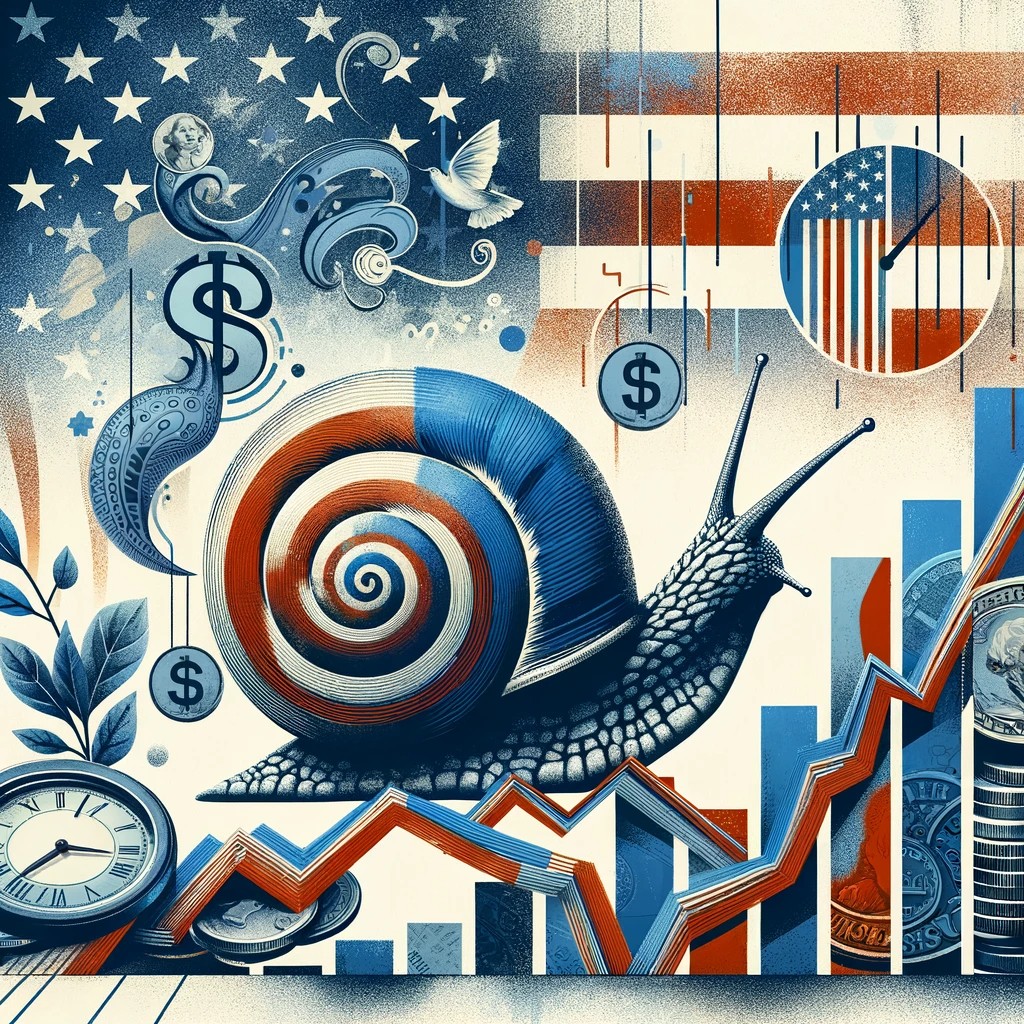Anticipating the trajectory of U.S. inflation is akin to predicting the weather in a particularly capricious climate. Despite a recent period of declining rates, the latest data hints at a more gradual path to economic stability. The December figures are particularly telling. While some optimists had their eyes set on a decrease in interest rates, courtesy of the Federal Reserve, the actual numbers tell a different story. Inflation in the U.S. is not just a number on a spreadsheet; it’s a multifaceted beast influenced by global events, market expectations, and domestic policies.
The Unpredictable Path of U.S. Inflation
Contrary to the expectations of a swift reduction in inflation rates, the situation is more complex. The U.S. inflation rate, after a six-month decline, has not plummeted as some hoped. With the current rate hovering around 3.4%, the dreams of an immediate interest rate cut have been dampened. This percentage, although a decrease from the previous year’s high of 6.5%, is not enough to prompt a drastic change in the Federal Reserve’s strategy. The anticipation of a rate cut, initially expected as early as March, seems to be receding into the horizon.
Inflation’s impact is far-reaching. It affects everything from the cost of your morning coffee to the larger economic health of the nation. The recent surge in shipping costs, a result of geopolitical tensions and disruptions in major trade routes like the Suez Canal, is a prime example. This rise in shipping costs has a domino effect, driving up prices for a range of products. It’s a global puzzle where one piece, like the cost of shipping a container from the Far East to Europe, can skyrocket by 150%, influencing the price of goods on U.S. shelves.
Navigating Through Economic Uncertainty
The U.S. economy is in a state of flux, navigating through a mix of disinflation and occasional deflation. The core consumer price index, a critical measure of inflation that excludes volatile items like food and energy, showed a year-to-year increase of 3.9% in December. This figure, while a slight decrease from November, still exceeds expectations. It’s a sign that while the overall inflation rate is decreasing, the journey back to the Federal Reserve’s 2% target is fraught with challenges.
The core goods prices, which had been declining for six months, showed no change in December, indicating a possible plateau. The more stable category of services, however, continues to climb, with a 5.3% increase over the year. This persistent rise in service costs, influenced by factors like labor costs and wages, suggests that any decrease in inflation will be gradual and uneven.
The housing market further complicates matters. High home prices and stabilizing rents are keeping shelter costs elevated, which in turn keeps the overall inflation rate higher. The impact of housing costs on inflation is significant, as these expenses make up a large portion of the average consumer’s budget. The BLS’s method of capturing shelter prices also introduces a delay in reflecting current market trends, further complicating predictions.
In sum, the U.S. inflation scenario is a complex one, with various forces pulling in different directions. While there has been progress, the path to a stable and low inflation rate is not straightforward. It involves carefully balancing interest rates, monitoring global events, and understanding the intricate dynamics of the domestic economy. Patience and vigilance are key as we navigate this unpredictable economic landscape.





